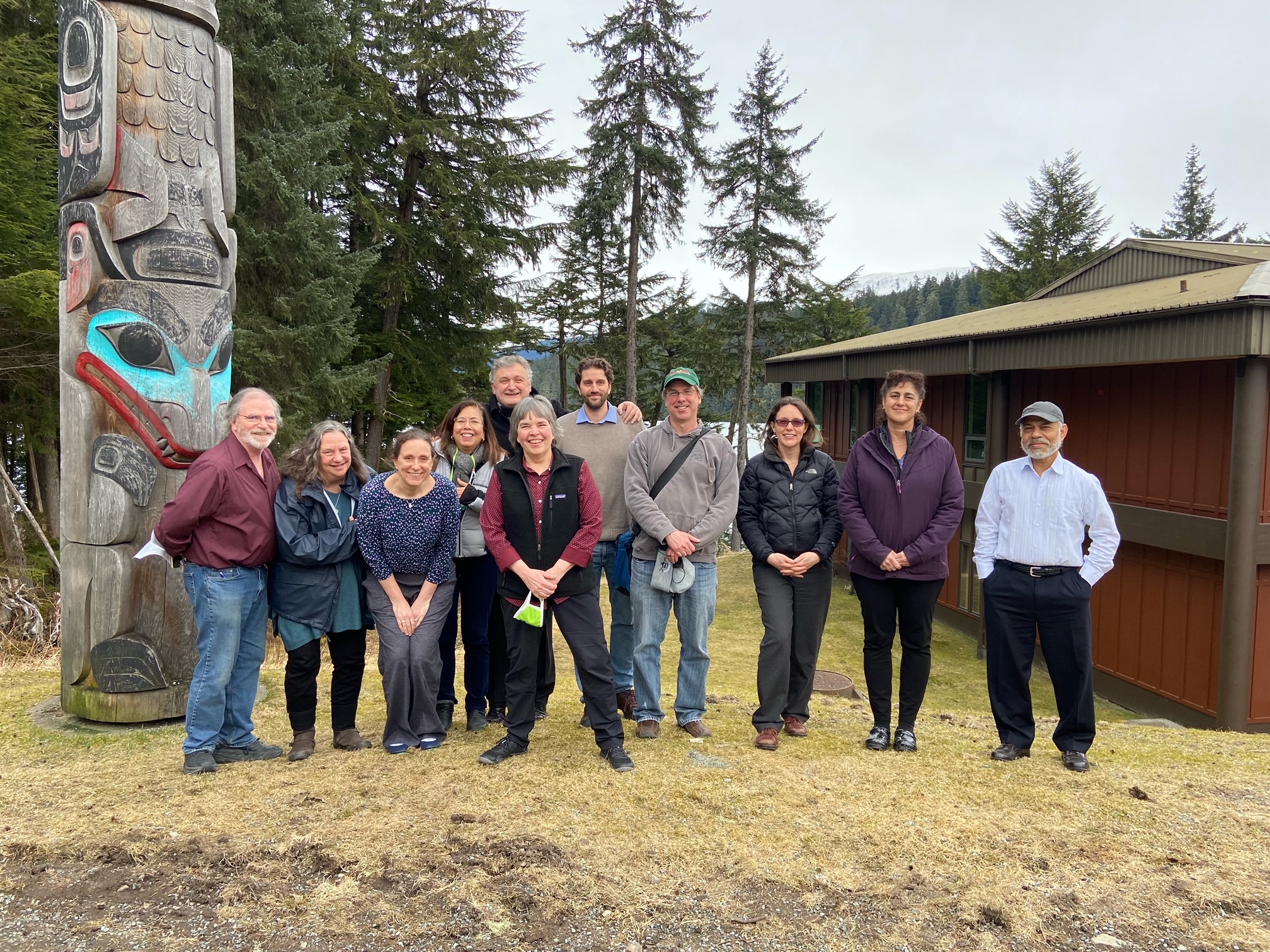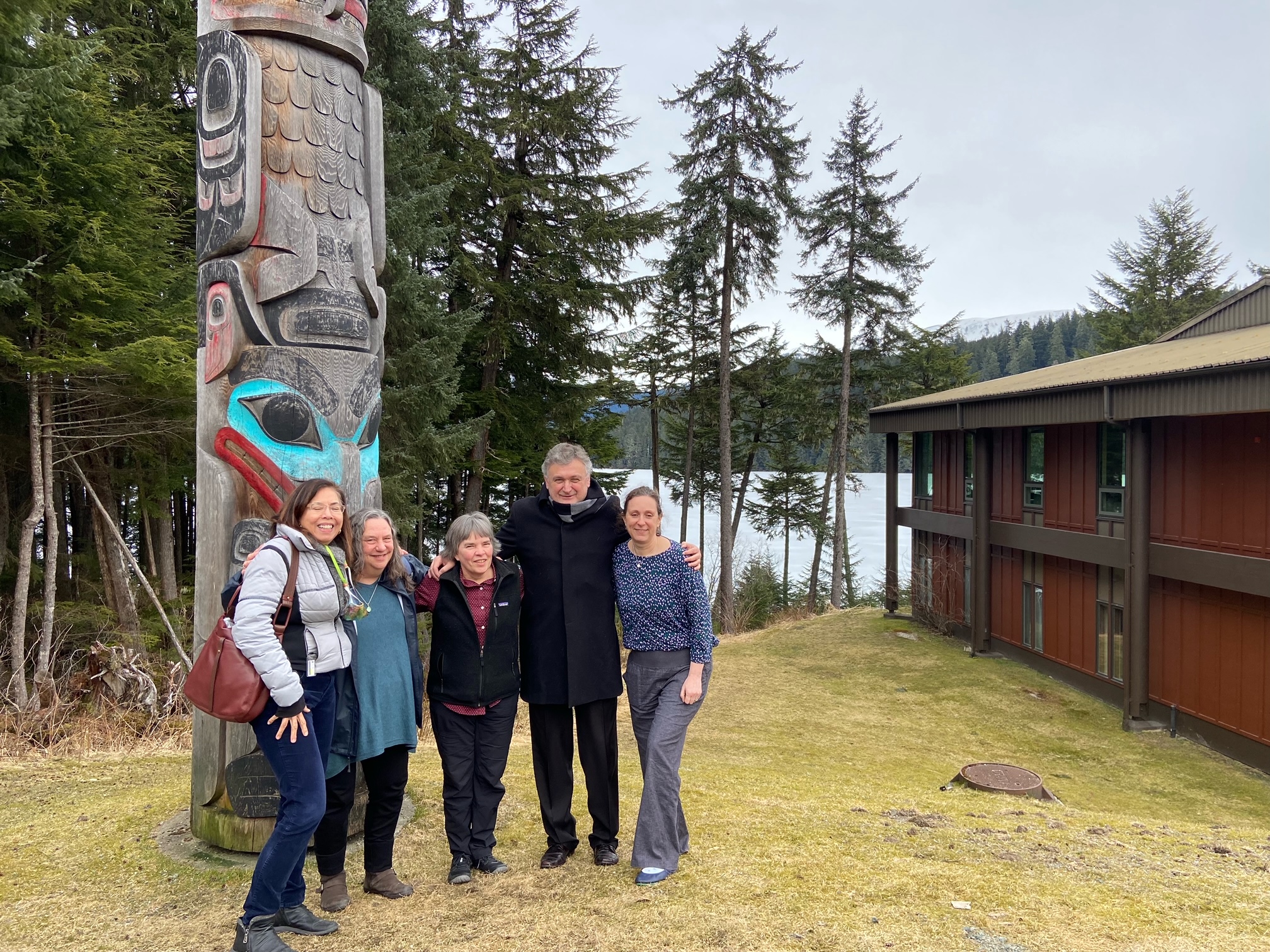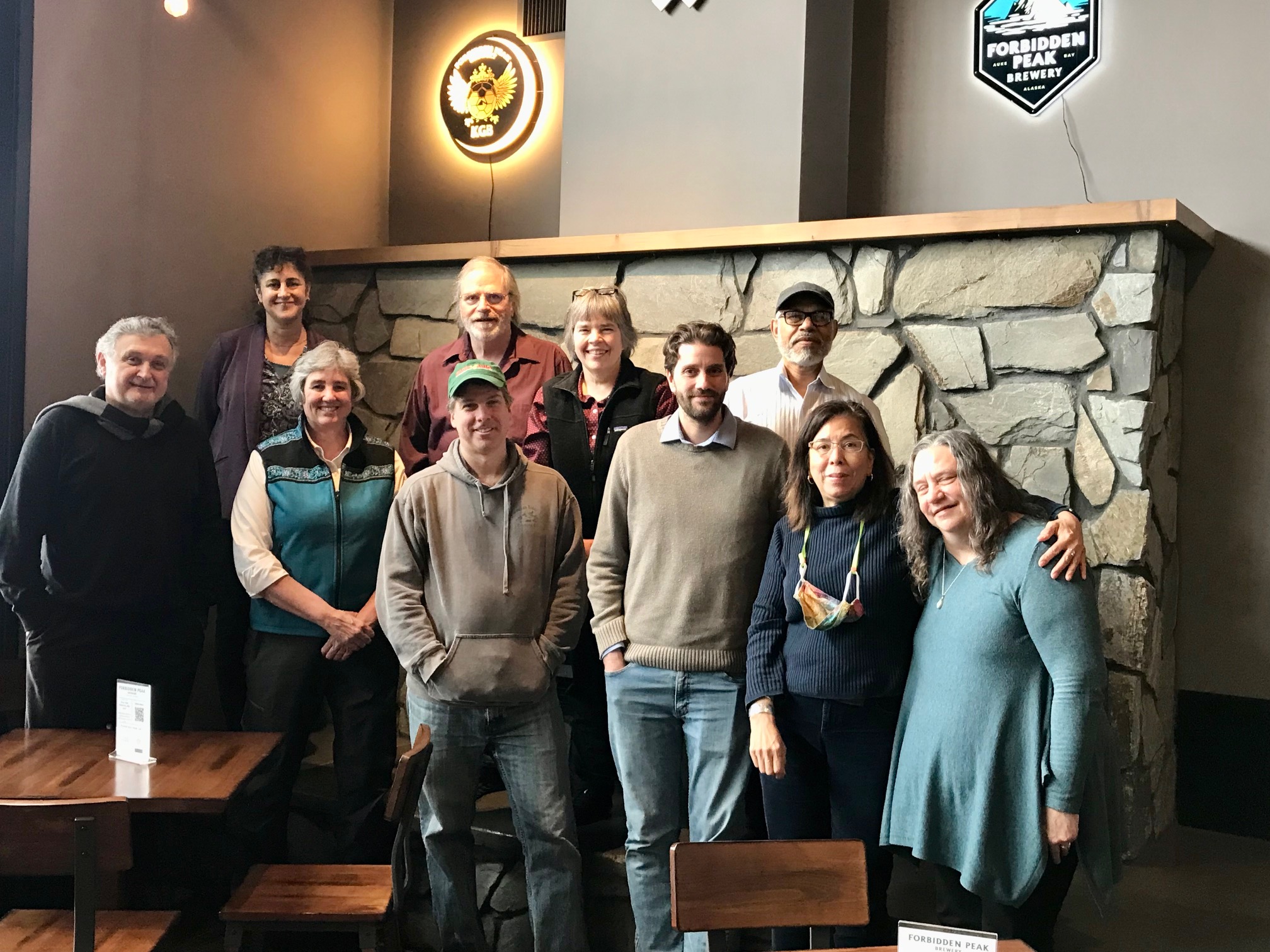A faculty voice in matters affecting the general welfare of the
University of Alaska system and its educational programs.
3:30 pm -5:00 pm
Agenda (Draft)
First Annual UA Faculty Alliance Thought Leaders Forum Schedule
Opening Session: Introductions by VP Paul Layer, Jennifer Ward, Jennifer Carroll, and Jackie Cason,
and presentation by Ben Shier (Chief Information Technology Officer for UA) & Bill
Anker OIT’s (Director for Strategic Initiatives: Systems Office for Information Technology:
Artificial Intelligence, data security, and private.
Recording Passcode: &4*0Pv?i
March 28 Track A: Sean Holland, with Peter Westley (UAF), “Using AI Voiceovers to
Augment Instructor Presence”; Ruth Gastineau (UAF) Slideshow, “AI & Social Media Marketing”; Nathan Feemster, with Retchenda George-Bettisworth
(UAF), “Priming Conversations on Ethical Use of Generative Artificial Intelligence
in an Online Program”; Arghya Kusum (Argo) Das (UAF), “AI for Research and Education:
Where We Are Heading and How We Should Respond?"; Erik Carlson (UAA), “AI Models and
AI Products: Layers of Bias”
Recording Passcode: T20i3B*M
March 28 Track B: Ilana Kingsley (UAF), Jodi Jacques and Ruth Terry (UAA) “Future
of Library Research”; Jennifer Tilbury (UAF) “Using AI As A Partner in the Research
Process”; Kenrick Mock, Helena Wisniewski, Masoumeh Heidari, Frank Witmer, and Vinod
Vasudevan (UAA), “Growing the AI Ecosystem at UAA: Research, Curriculum, & Student
Projects"
Recording Passcode: 1d%aaZN=
March 29 Track A: Nathan Feemster (UAF), “Making Project Based Learning Scalable with
Generative Artificial Intelligence Tools"; Dan LaSota, UAF Center for Teaching and
Learning, “A Year of AI Pedagogical Inquiry and Support from CTL”; Nathan Feemster
(UAF), “Detection Feasibility of Artificial Intelligence Derived Text”; James Ryan
(UAS), “Against ‘cheating’: Rebooting our response to AI”; Jennifer Moss (UAF) and
D'Arcy Hutchings (UAA), “AI and Open Educational Resources: Opportunities and
Pitfalls"; Faculty Alliance Panel: "Knowing What We Know, How Should We Act? An Exploration
of Policies for the Future"
Recording Passcode: X#MrF#0W
March 29 Track B: Tori McDermott, with Amy May, Donica Nash, Nike Jacob (UAF), “Impact
of AI on academic performance: A Communication Perspective”; Rodger Lewerenz (UAF)
“AI as a Catalyst to Enhance Education and Empower Faculty”; Corrie Whitmore (UAA).,
”Utilizing AI Tools in the Classroom to Deepen Student Learning"; Andrew Harnish (UAA)
“A.I. and Writing Studies: Current Trends and Future Possibilities"; Chris Coffman,
with Manuel Melendez (UAF), “Reading, Writing, and Theorizing with AI: Possibilities
and Limitations"
Recording Passcode: ^35bhcHm
Keynote Session: Dr. Tricia Bertram-Gallant: Creating Integrous Classrooms in the
GenAI Era
Recording Passcode: wf^63t0b Keynote Speaker Slides
UA faculty, staff, and students will explore the ethical integration of Artificial Intelligence (AI) into educational practices at our first Faculty Alliance Thought Leaders Forum: A Brave New World: Looking into the Future of AI in Higher Education. The forum will occur via Zoom over two days, Thursday March 28 from 11 to 3 and Friday March 29 from 10 to 2. Presentations include discussions on practical and disciplinary applications of AI in course development, teaching methodologies, learning assessment, and career applications while emphasizing the importance of maintaining academic and degree integrity, as well as discussions regarding the biases and potential ethical implications of AI use in terms of replicating social biases, integrity and authorship, and safeguarding student data and identity. We have presentations from all three universities, including faculty, staff, and administrator presenters. While each university has been discussing issues of AI in their own academic programs and with their students, we hope that the forum will provide a broader look at the issue and provide an opportunity for increased collaboration across the system. The forum also includes a Keynote address by Dr. Tricia Bertram-Gallant, the Director of the Academic Integrity Office and Triton Testing Center at the University of California San Diego (UCSD).
For more information contact:
Jennifer Carroll, UAF Faculty Senate President, jlcarroll@alaska.edu
Jacqueline Cason, UAA, Faculty Senate President-Elect, jecason@alaska.edu
Jennifer Ward, UAS, Faculty Senate Past-President and UA Faculty Alliance Chair, jdbrown@alaska.edu
Paul Layer, UA Vice President for Academics, Students, and Research, pwlayer@alaska.edu
UA Faculty: AY24 Faculty Initiative Fund!
All proposals in response to this RFP were due to the Office of Academics, Students
& Research by midnight November 5, 2023. The review period has concluded. Disbursement
of project funds began on January 8, 2024.
Faculty Initiative Fund Website
Resolutions & Motions
Current and past actions can be viewed HERE.
Constitution and Bylaws
Meeting Schedule
The Faculty Alliance meets on the second and fourth Friday from 3:30 p.m. to 5 p.m.
UA Faculty Senates
Current Members
Past Members
AY23 Alliance Members
AY22 Alliance Members
AY21 Alliance Member
AY20 Alliance Members
AY19 Alliance Members
AY18 Alliance Members
AY17 Alliance members
Meeting Records
Faculty Alliance AY24 Chair
Jennifer Ward
Associate Professor, Library
and Information Science,
Outreach Services Librarian
University of Alaska Southeast
jdbrown@alaska.edu
(907) 796-6285
Egan Library 204
11066 Auke Lake Way
Juneau, Alaska 99801
Faculty Alliance AY 25 Chair
Jennifer Carroll
University of Alaska Fairbanks
Associate Professor
jlcarroll@alaska.edu
1736 Tanana Loop
Fairbanks, Alaska 99709
(907) 474-5405
Faculty Alliance AY23 Chair
Gökhan Karahan, Ph.D.
Professor, Accounting and Finance
University of Alaska Anchorage
gkarahan@alaska.edu
907-786-4132
RH 307C
3211 Providence Drive
Anchorage, AK 99501



If anyone missed the March 8th Discussion with Dr. Reichman on Shared Governance and Academic Freedom, here is The Link with the Passcode: I8E?uru%
Henry Reichman is Professor Emeritus of history at California State University, East
Bay. The author of two recent books, Understanding Academic Freedom (https://www.insidehighered.
He served as chair of the Association of American University Professors' Committee A on Academic Freedom and Tenure from 2012 to 2021.
